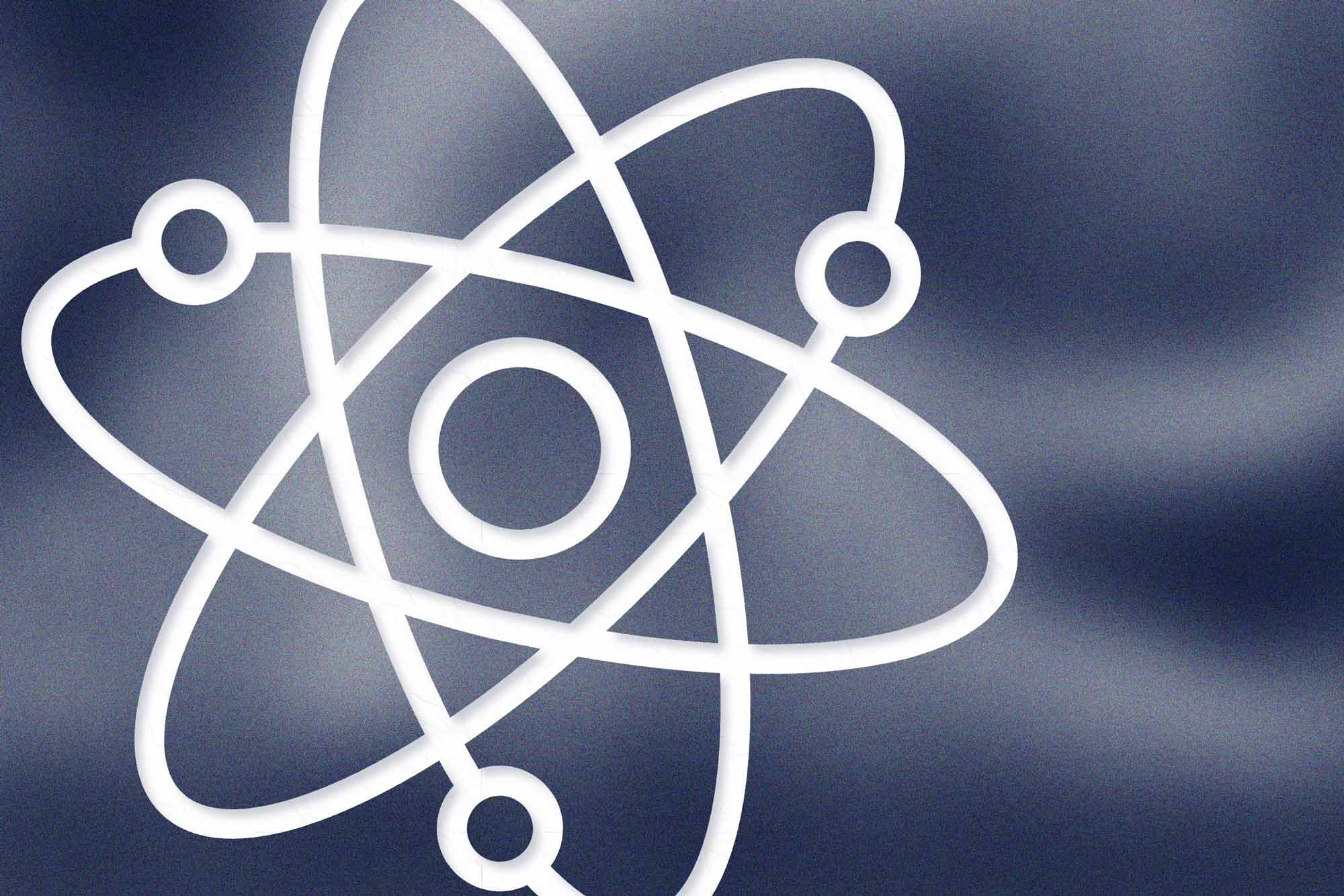The dream of generating massive amounts of clean, renewable energy through combining atoms, rather than splitting them, may be a little closer to reality. The U.S. Department of Energy announced Tuesday that scientists had, for the first time, created a fusion nuclear reaction that resulted in a net energy gain – meaning the process resulted in excess energy beyond what it took to create the reaction.
That outcome offers enticing possibilities for a future in which energy needs might be met without the climate-harming byproduct of carbon or dangerous nuclear waste.
University of Virginia professor E. Craig Dukes, an expert in experimental high-energy physics, said the milestone achieved at the Lawrence Livermore National Laboratory opens a potential pathway, even if it comes with some caveats.
“I’m excited, and I’m not excited,” Dukes said. “This has been a long process – 60 years in the making. This is something I saw coming, the day they would surpass break even.”






